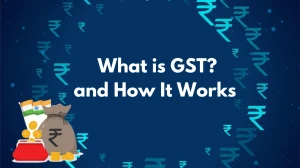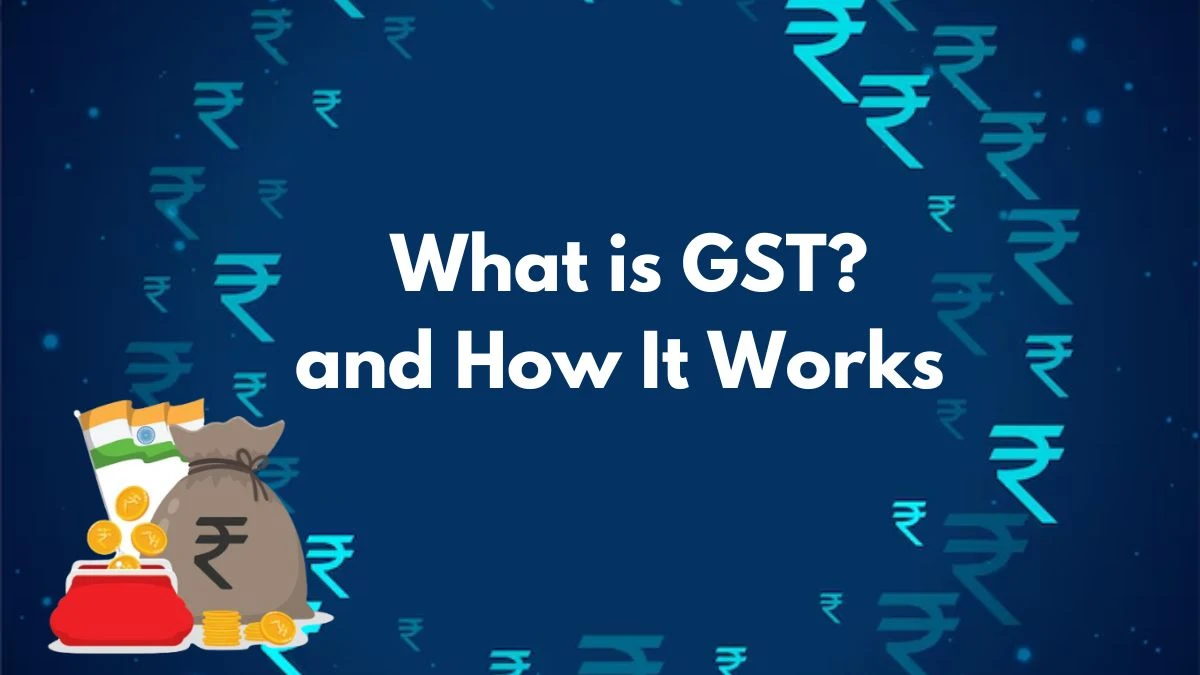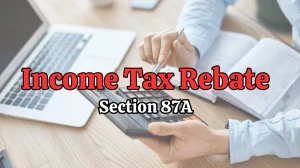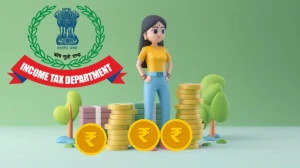
What is GST and How it Works?
GST, or Goods and Services Tax, is a single tax added to the price of goods and services that consumers pay, which businesses collect and send to the government, simplifying the tax system.
by Kowsalya
Updated Aug 01, 2024
On This Page
What is GST?
GST, or Goods and Services Tax, is an indirect tax that replaced several others in India, such as excise duty, VAT, and service tax. The GST Act was passed on March 29, 2017, and implemented on July 1, 2017.
This comprehensive tax is applied to the supply of goods and services at each stage of the production and distribution chain, with the final consumer bearing the cost. GST is destination-based, meaning it is collected where the goods or services are consumed.
How GST Works?
Goods and Services Tax (GST) is a value-added tax applied to most goods and services sold for domestic consumption. It works by adding a tax to the price of products and services, which consumers pay at the point of sale. Businesses collect this tax from customers and remit it to the government. GST simplifies the tax system by merging various indirect taxes, such as sales tax and service tax, into one unified rate across the country.
In most countries, GST operates at a single rate, making it easier to manage. Businesses can claim input tax credits for GST paid on their purchases, which reduces the overall tax burden. This system encourages compliance and minimizes tax evasion, as all transactions are recorded electronically. While GST helps streamline taxation, critics argue it can disproportionately affect low- and middle-income earners. To address this, some countries provide exemptions or reduced rates for essential goods and services.
History of GST in India
The concept of GST, or Goods and Services Tax, was first introduced in France in 1954 and has since been adopted by many countries, including Australia, Canada, and the UK. In India, the journey to implement GST began in 2000 when Prime Minister Atal Bihari Vajpayee set up a committee led by Vijay L. Kelkar to improve the tax structure. The committee recommended GST as a solution.
In 2006, the Union Ministry of Finance proposed implementing GST by April 1, 2010. However, the necessary constitutional amendment was introduced in 2011. After years of deliberation, four supplementary GST bills were passed in the Lok Sabha and approved by the Cabinet. Finally, GST was launched on July 1, 2017.
With its implementation, GST replaced several central taxes, including service tax, excise duties, and additional customs duties, as well as state taxes like VAT, entry tax, and entertainment tax. GST created a single, unified tax system across India.
Businesses with an annual turnover of up to Rs. 20 lakh are exempt from GST, with a lower threshold of Rs. 10 lakh for special category states. The law also allows small businesses to opt for a composition scheme, simplifying tax compliance for them.
What are the Components of GST?
There are four types of GST in India:
State Goods and Services Tax (SGST):
- Charged by the state government on intra-state transactions (within the same state). The revenue is collected by the state where the sale occurs.
Central Goods and Services Tax (CGST):
- Charged by the central government on intra-state transactions. The central government collects the revenue from these transactions.
Integrated Goods and Services Tax (IGST):
- Applied on inter-state transactions (between different states) and on imports and exports. The revenue from IGST is shared between the central and state governments based on the destination of the goods or services.
Union Territory Goods and Services Tax (UGST):
- Levied on transactions conducted within Union Territories (UTs). Similar to SGST, UGST is collected by the UT government where the transaction takes place.
How is GST Applied?
Goods and Services Tax (GST) is applied based on where goods or services are consumed, not where they are produced. It follows the "Destination principle," meaning GST is charged at the place of actual consumption. GST is collected at each stage of sale or purchase in the supply chain, allowing businesses to claim tax credits for the GST paid on procurement.
This mechanism helps avoid double taxation and reduces the final cost to consumers. In India, GST is a dual system with Central GST (CGST) for federal taxes and State GST (SGST) for state taxes. It covers taxes like excise duties, service tax, VAT, and more, streamlining them into a unified system. GST is levied on intra-state supply, inter-state movement, and import of goods and services. This reform shifts taxation from production to consumption, promoting uniformity and efficiency in the tax system.
How Can GST Reduce Tax Evasion?
GST helps reduce tax evasion by making the tax system more transparent and accountable. Since GST requires every transaction to be recorded and matched with the supplier’s invoice, it becomes harder to create fake invoices to claim input tax credits. Taxpayers can only claim credits for taxes paid on genuine purchases, reducing fraudulent claims. Additionally, GST’s comprehensive IT system tracks the movement of goods and services, ensuring that all stages of the supply chain are accounted for.




